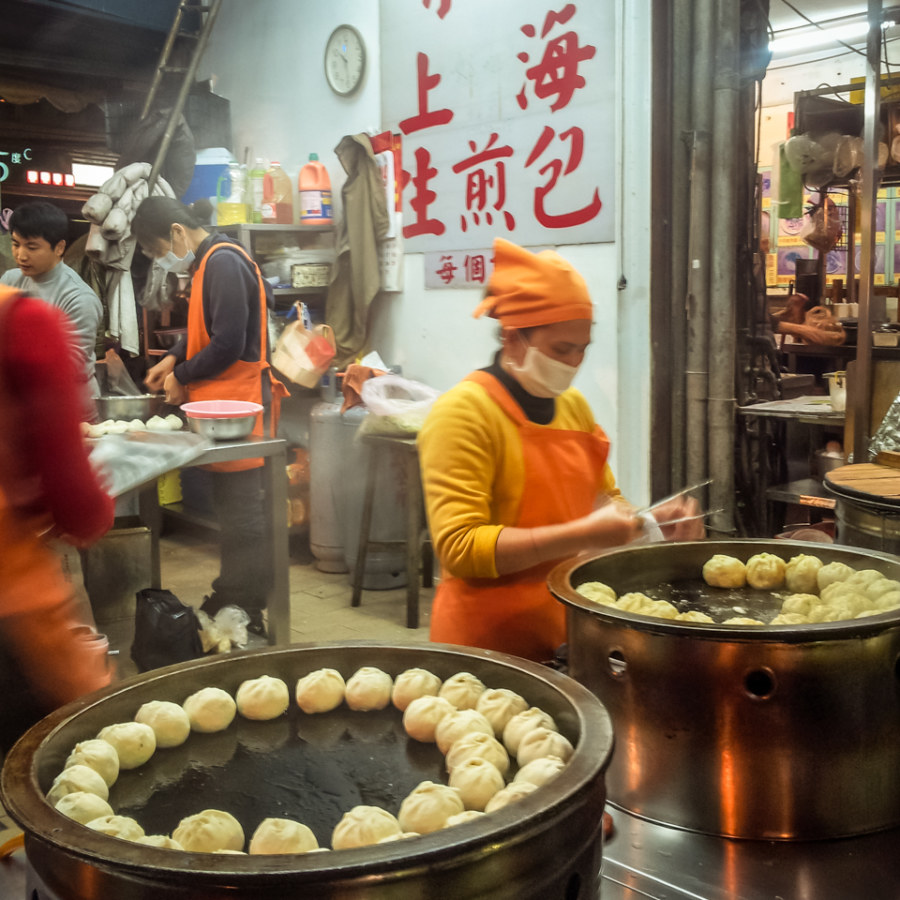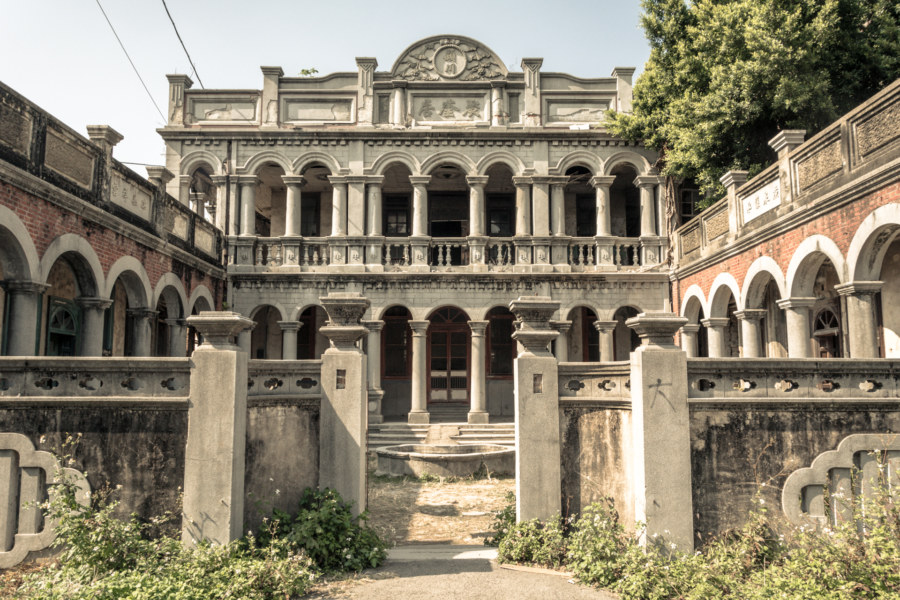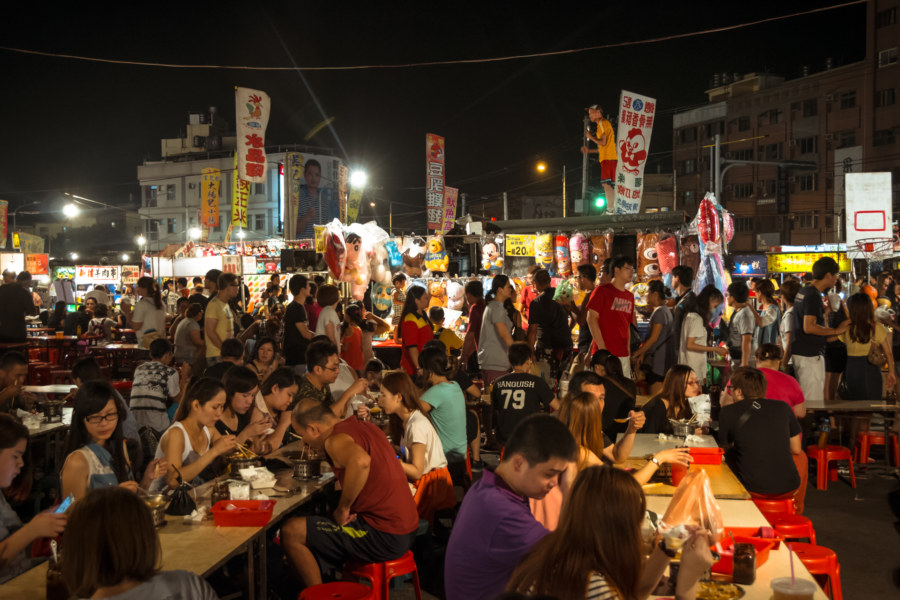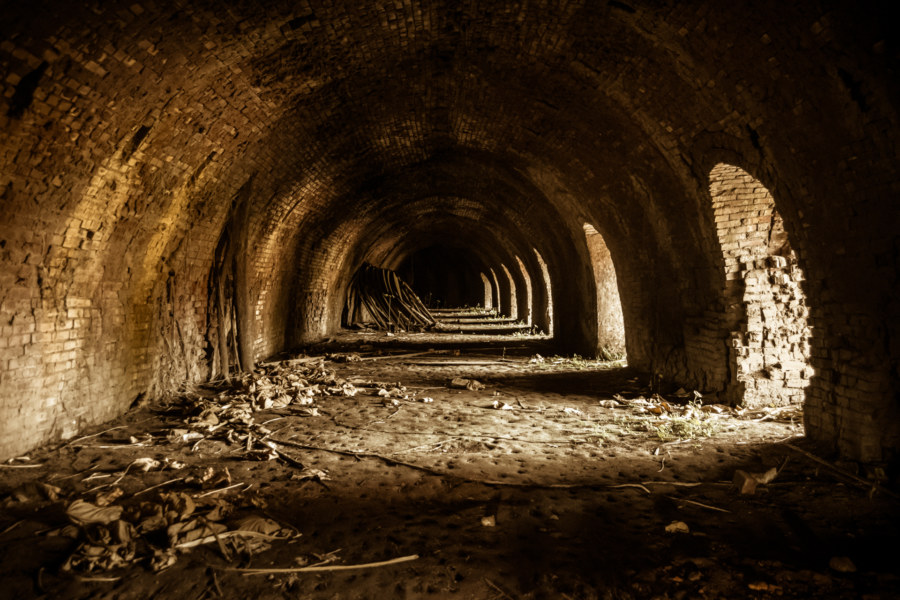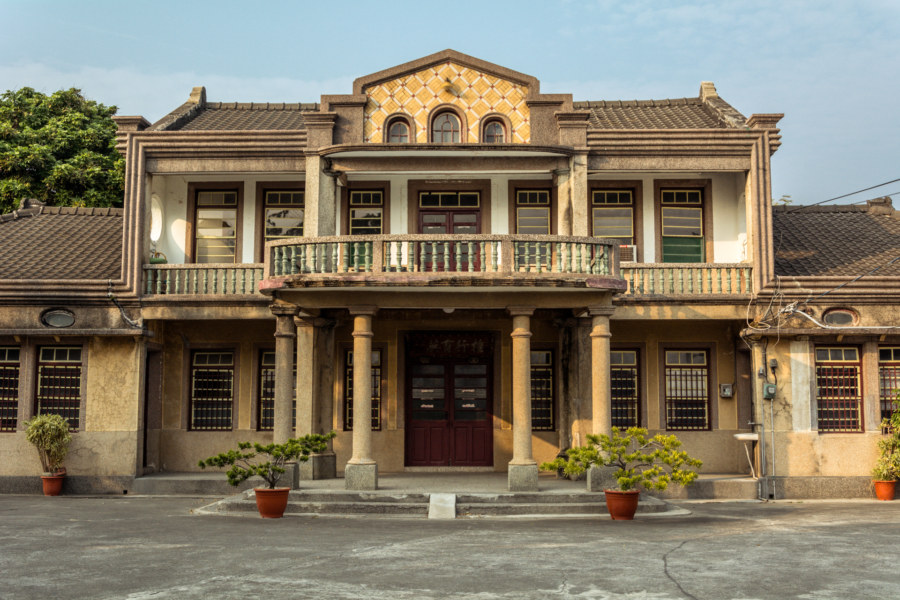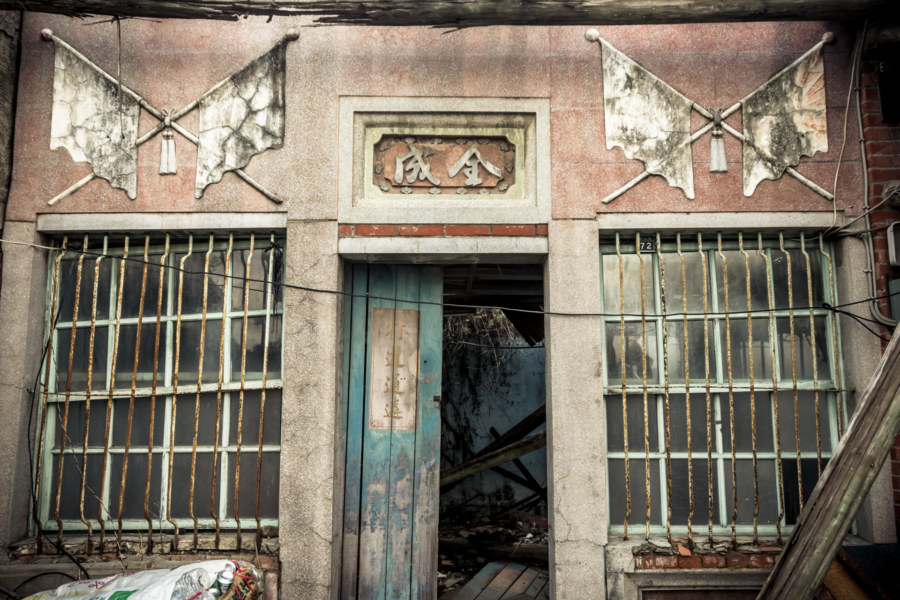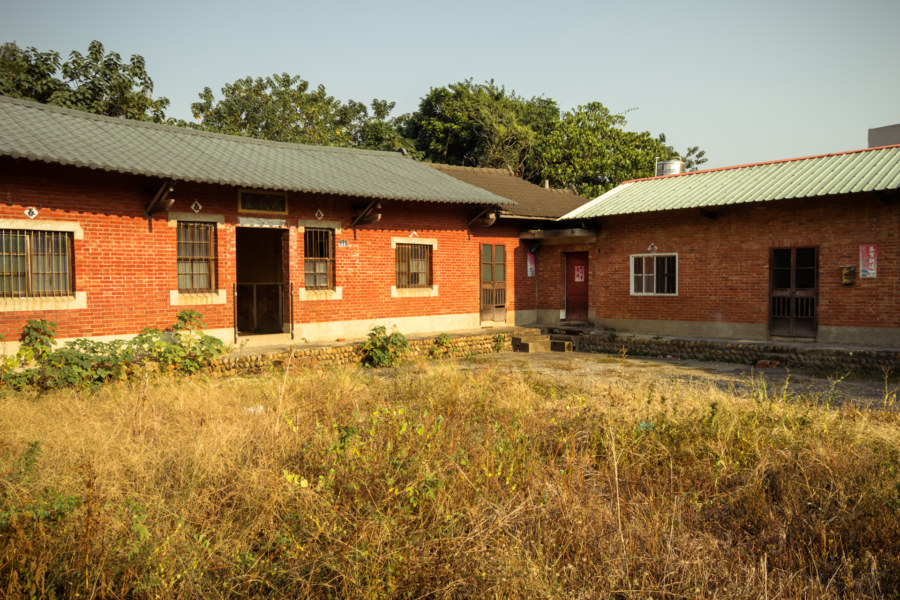I lived in Wenshan, Taipei, from October 2013 until April 2014 when I moved south to Tainan. In those six months I captured a great many photographs from in around the area, the finest of which were previously shared on this blog in a post about the urban landscape of Wenshan. It was my intention with that post to portray southern Taipei from the vantage point of mountaintops, hillsides, river banks, and pedestrian overpasses, with only a couple of shots from street level. This time around I would like to zoom in and share scenes from everyday life in Wenshan.
Geosophy is "the study of the world as people conceive of and imagine it". A lot of what I share is based on my subjective experiences of the places I go. Anything found here is experiential geography concerned with a specific place, a fundamentally flawed mapping of the world as seen through my eyes (and camera lens). See also: regions.
Adjacent Terms
Jukuiju 聚奎居
Jùkuíjū 聚奎居 is an abandoned mansion in Wuri, Taichung, built in 1920 by Chén Shàozōng 陳紹宗, a wealthy businessman and landowner. The architecture is a combination of the traditional Taiwanese sānhéyuàn 三合院 (a U-shaped building with three parts surrounding a central courtyard) and the Baroque Revival style of the Japanese colonial era. It is located on the rundown, industrial margins of the city, along an otherwise unremarkable lane next to a military base, looking completely out of place in space and time.
Jingcheng Night Market 精誠夜市
Jīngchéng Night Market 精誠夜市 is perhaps the largest open air night market in Changhua, Taiwan. Unlike some of the other big night markets in the area Jingcheng hasn’t been developed for tourism in the slightest. I doubt you’ll find it in any guidebook and there isn’t anything written about it in English that I have been able to find online. And, to be fair, there isn’t anything special about Jingcheng, particularly not if you’ve been to the fantastic open air night markets of Tainan. Still, if you’re a night market connoisseur like me—or merely interested in trying something different—it might be worthwhile to check out, or you can live vicariously through my photos.
Jinshuncheng Hoffmann Kiln 金順成八卦窯
Jīnshùnchéng Hoffmann Kiln 金順成八卦窯 is located on the eastern Changhua Plain 彰化平原 in Huatan, a rural township south of Changhua City. During the Japanese colonial era this part of Taiwan specialized in brick and ceramic production due to plentiful supplies of high-quality clay, and the industry continued to expand after the arrival of the KMT. This particular kiln only dates back to the early 1960s and is the last of its kind in Changhua. For that reason the county government designated it a historic building in 2010 but very little has been done to clean the site and make it inviting to visitors.
Huang Sanyuan Residence 黃三元故居
Huáng Sānyuán Residence (黃三元故居) is a beautiful Western-style house located along a country road in Puxin, a rural township in the heart of Changhua, Taiwan. It was built in 1940 by Huáng Yì 黃義, a wealthy employee (and presumably an executive) of the Japanese colonial era Taiwan Sugar Company (台糖公司). If this government source is to be believed Huang Yi had five wives who bore him five sons—and some unknown number of daughters. No wonder he needed such a large house!
Gushan Village Old Homes 姑山里老屋
I was off the main road in Gūshān Village 姑山里 in Dashu, a hilly rural district in Kaohsiung, when I noticed a row of old buildings next to a small temple. Stopping to investigate, I unslung my camera and snapped a few shots, not quite realizing what I was looking at. My mind was elsewhere—a consequence of two hard days of riding in the tropical summer sun. I was, at the time, heading south to the railway line after making it to Qishan the night before and touring through Meinong earlier in the day. Only later, when I went to develop the photos, did I notice the faint traces of the Japanese rising sun flag in the top right corner of the building pictured above. At one point these stone flags must have been painted bright red, a reflection of Japanese imperial interests in Taiwan.
A Traditional Home in Dacun 大村三合院
Today I would like to take you inside an abandoned sānhéyuàn (三合院), a traditional Taiwanese courtyard home. This particular home is in Dacun, a rural township in Changhua, but it is not unique. The Taiwanese countryside is littered with tens of thousands of these old homes, many of which have fallen into disrepair and abandonment over the years. I have given this place a name but it is merely a description of convenience. Chances are it has no formal name.
